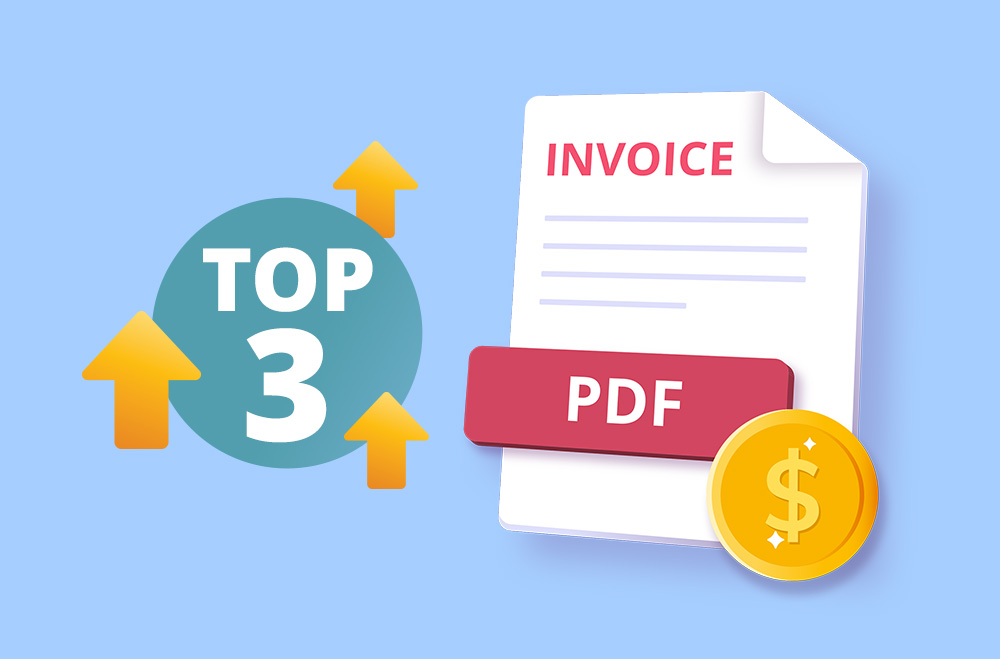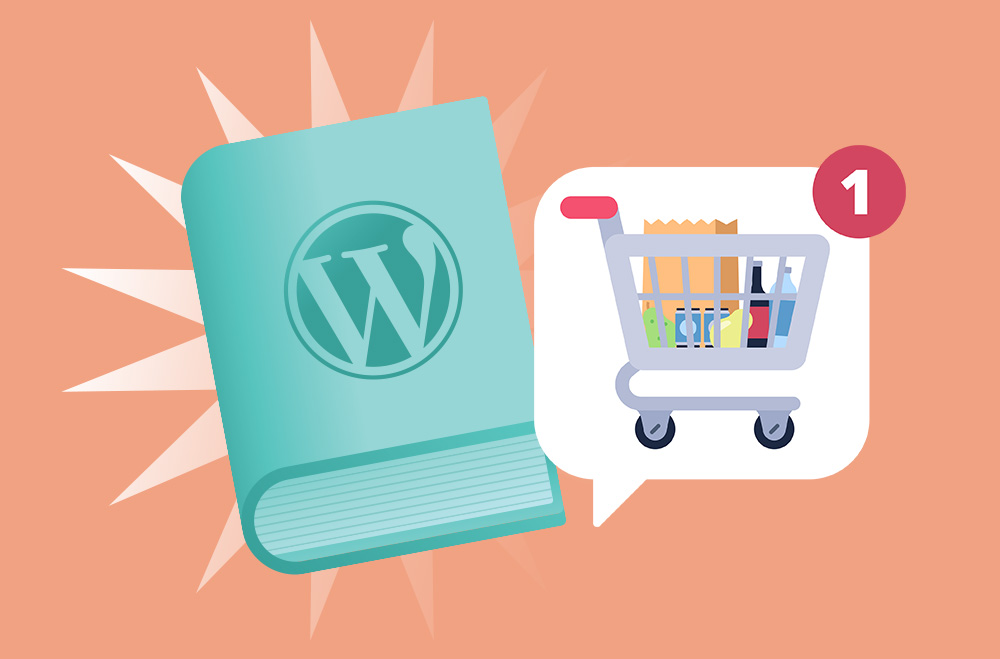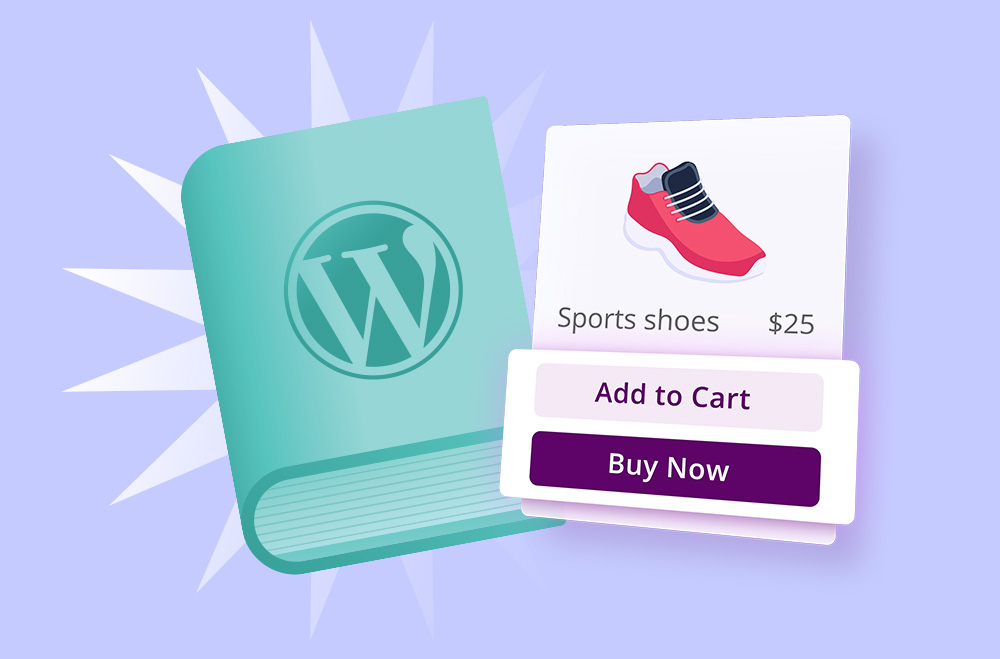
Speed and simplicity are essential in e-commerce, particularly during the checkout process. A lengthy or complicated checkout can frustrate customers and lead to abandoned carts. One Page checkout in WooCommerce simplifies the process by combining all necessary fields, billing, shipping, and payment into a single, easy-to-navigate page. This streamlined experience makes it faster for customers to complete their purchase.
In this article, we’ll explore the key benefits of implementing a page checkout in your WooCommerce store. From boosting conversions to enhancing user satisfaction, this feature can significantly improve your store’s performance and create a smoother shopping experience for your customers.
This chart visualizes the growth and optimization trends in WooCommerce’s checkout ecosystem from Q1 2022 to Q1 2025. The blue line shows the steady increase in active WooCommerce stores, reflecting growing adoption. The green line highlights improving checkout conversion rates, thanks largely to streamlined processes like One Page Checkout. Meanwhile, the red line indicates a decline in cart abandonment rates, demonstrating how simplified, mobile-friendly checkout experiences help retain more customers.
The data supports the importance of One Page Checkout as a conversion booster and user experience enhancer, especially vital in today’s fast-paced mobile commerce landscape.
One Page Checkout in WooCommerce is a simplified process that combines all necessary checkout steps, cart review, customer details, shipping information, and payment into a single page. This setup removes the need for customers to click through multiple stages, reducing the time and effort needed to complete a purchase. By streamlining the process, it increases the likelihood of successful checkouts and boosts overall user satisfaction.
This model is becoming increasingly popular among WooCommerce store owners because of its ability to lower cart abandonment and create a faster, more user-friendly experience. It’s particularly effective on mobile devices, where minimizing page loads is critical. Customers can review their entire order, apply discount codes, and pay all without navigating away from the page.
Key features of One Page Checkout:
Traditional multi-step checkout processes in WooCommerce often involve navigating through several pages from cart review to shipping, billing, and payment. While this structure may seem organized, it introduces unnecessary complexity and delays. Every added step increases the likelihood that a customer will drop off before completing their purchase, especially on slower connections or mobile devices.
This multi-page flow creates friction that disrupts the user experience. Customers may encounter repeated form fields, experience slow load times between steps, or face uncertainty about total costs until the final screen. These pain points contribute heavily to lost sales and high abandonment rates, especially for first-time or guest users.
Common issues with multi-step checkouts include:
According to research from the Baymard Institute, nearly 70% of online shopping carts are abandoned often because of complicated checkout processes that could be avoided with a more streamlined alternative like one page checkout.
Implementing a one-page checkout system in WooCommerce provides more than just a faster transaction; it enhances the overall shopping experience. By consolidating multiple steps into a single, user-friendly interface, customers face fewer distractions and decisions, leading to improved satisfaction and higher purchase completion rates. This simplicity benefits both users and store owners in measurable ways.
Whether you’re selling physical goods, digital downloads, or subscription services, the benefits of one-page checkout go far beyond aesthetics. It’s about removing barriers that prevent users from converting. From increasing revenue to optimizing mobile usability and backend operations, one-page checkout delivers value across the board.
Top 5 benefits of one-page checkout:
One Page Checkout simplifies the buying process by placing all the necessary steps, cart review, billing details, shipping options, and payment on a single page. This layout removes unnecessary page loads and reduces friction, which helps keep customers engaged throughout the transaction. As a result, more users complete their purchases without getting distracted or frustrated along the way.
When everything is presented clearly and upfront, customers feel more confident and in control. The transparency of the process, along with visual trust signals like secure payment icons and refund policies, makes it easier for users to commit. This smoother experience naturally leads to higher conversion rates, especially on mobile devices or for first-time buyers.
Reasons for improved conversions:
Checklist for optimizing conversions:
Cart abandonment is a persistent challenge for online stores, often caused by long or confusing checkout flows. Traditional multi-step checkouts introduce delays and distractions that give customers more time to second-guess their purchases. By contrast, one page checkout removes these roadblocks, making it easier for shoppers to complete their orders in one focused, uninterrupted session.
Displaying all necessary checkout elements in a single view builds trust and transparency. Customers can instantly see product totals, shipping costs, and payment options without navigating through several screens. This clarity reduces hesitation, especially on mobile devices where faster checkout is critical.
Key factors for reduced abandonment:
Cart recovery tips:
A seamless checkout experience is key to retaining customers and encouraging repeat purchases. One page checkout eliminates distractions by keeping users on a single, focused screen. Without the need to reload or navigate through multiple stages, shoppers feel more in control, which leads to a smoother, more satisfying buying experience.
This streamlined approach also supports real-time validation, allowing customers to correct errors instantly without losing their progress. Paired with features like auto-fill for returning users and editable cart summaries, one page checkout minimizes frustration and maximizes efficiency, ultimately improving your store’s overall usability.
UX improvements from one page checkout:
Checklist for enhancing UX:
As mobile shopping continues to rise, optimizing the checkout experience for smartphones is no longer optional; it’s essential. Traditional multi-step checkouts are often slow, clunky, and difficult to navigate on smaller screens. One page checkout eliminates these issues by providing a single, scrollable page that fits naturally into a mobile-first design.
This layout not only reduces page reloads but also makes form fields, buttons, and payment options more accessible. Customers can complete their purchase with fewer taps and without waiting for new pages to load, especially beneficial on slow or unstable mobile connections. A streamlined experience leads to fewer drop-offs and better conversion rates on mobile devices.
Mobile-friendly benefits:
Mobile optimization checklist:
One page checkout not only enhances the front-end shopping experience but also delivers operational advantages behind the scenes. By consolidating multiple checkout steps into one streamlined process, your store experiences fewer redirects and lower server demands, which leads to faster load times and reduced resource usage, especially valuable during high-traffic campaigns or sales events.
This simplified structure also improves analytics tracking. When customers go through a single checkout page, it’s easier to pinpoint drop-off points and measure conversion behaviors with greater accuracy. It also supports faster A/B testing and makes implementing changes less disruptive to the overall customer flow.
Operational benefits:
Performance tips:
Implementing one page checkout in your WooCommerce store is made simple with a range of powerful plugins. These tools vary in features, design flexibility, and ease of use, allowing you to choose a solution that matches your store’s layout and business needs. Whether you need basic functionality or full funnel-building capability, there’s a plugin that fits.
Some plugins focus on drag-and-drop design, while others allow advanced customization and upselling features. Most are mobile-optimized and integrate seamlessly with payment gateways, page builders, and tracking tools. Exploring these plugins can help you find the right balance between performance, usability, and design control.
Popular plugin options:
WooCommerce One Page Checkout by Bright Plugins
Bright Plugins offers a lightweight and mobile-optimized one page checkout plugin that consolidates cart, billing, and payment into a single view. It’s easy to install and ideal for improving conversion rates on any store.
CartFlows
CartFlows offers a conversion-optimized funnel builder with one page checkout support. It’s best for stores wanting to include upsells, order bumps, and A/B testing alongside a smooth checkout experience.
YITH WooCommerce One Page Checkout
YITH’s plugin lets you create a product and checkout flow on the same page. Its drag-and-drop builder is beginner-friendly and supports shortcode-based integration for flexible store setup.
WooCommerce One Page Checkout (Official)
Developed by WooCommerce, this plugin lets you insert checkout forms directly on custom pages using shortcodes. It’s a reliable choice for users who prefer native WooCommerce integrations.
CheckoutWC
CheckoutWC transforms your default WooCommerce checkout into a single, conversion-optimized page with smart sections. It’s ideal for users wanting a modern UX without coding.
Setting up one page checkout in WooCommerce is a straightforward process, especially when using a plugin designed for the task. Most plugins offer user-friendly interfaces and step-by-step guidance, making the setup accessible even for store owners with minimal technical experience. The key is to select a plugin that fits your store’s layout, product types, and conversion goals.
Once the plugin is installed, you’ll need to configure it to apply to specific products, categories, or store-wide. From there, you can customize the layout and design to match your branding, test different flows for optimal performance, and connect your analytics tools to track user behavior. A successful implementation can be achieved in minutes and optimized continuously.
Step-by-step setup:
While one page checkout offers clear advantages for most online stores, it’s not a universal solution for every business model. Its simplicity works best for straightforward transactions, but stores that handle complex product configurations or serve B2B customers with multi-step purchase requirements may find a multi-page flow more effective for capturing all necessary data.
That said, one page checkout can still be tested on a portion of your store, especially for products that require fewer customizations. This allows you to evaluate its impact on conversions and user behavior without committing to a full rollout. A/B testing can reveal whether a simplified approach aligns with your audience’s expectations and needs.
Best-fit scenarios for One Page Checkout:
Scenarios where adjustments may be needed:
One page checkout is one of the most effective ways to streamline your WooCommerce store’s checkout process. By consolidating all the critical steps, cart summary, shipping, billing, and payment into a single, user-friendly page, you reduce friction and increase the likelihood of completed purchases. This small change can significantly improve your conversion rates and lower cart abandonment.
In addition to boosting customer satisfaction, one page checkout supports better site performance, cleaner analytics, and faster mobile transactions. It’s easy to implement using one of several trusted plugins and can be customized to match your store’s design and sales goals. If you’re looking for a low-effort, high-impact optimization, one page checkout is a smart next step.
Looking for a fast and effective way to streamline your WooCommerce checkout? Try the WooCommerce One Page Checkout plugin by Bright Plugins. It’s designed to consolidate the entire purchasing process into a single, user-friendly page.
This plugin not only helps reduce cart abandonment but also improves mobile usability and overall customer satisfaction. With easy setup and flexible customization, it’s a smart investment for any store looking to boost conversions and simplify the buyer journey.





